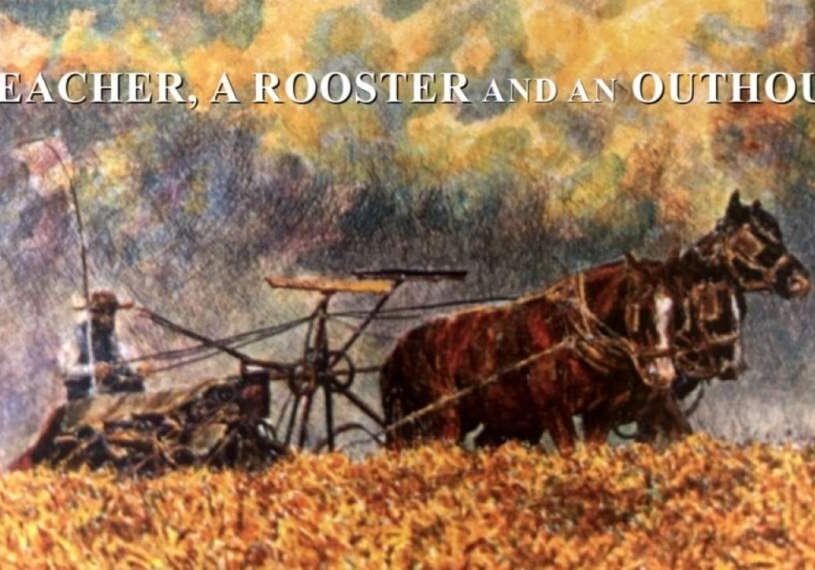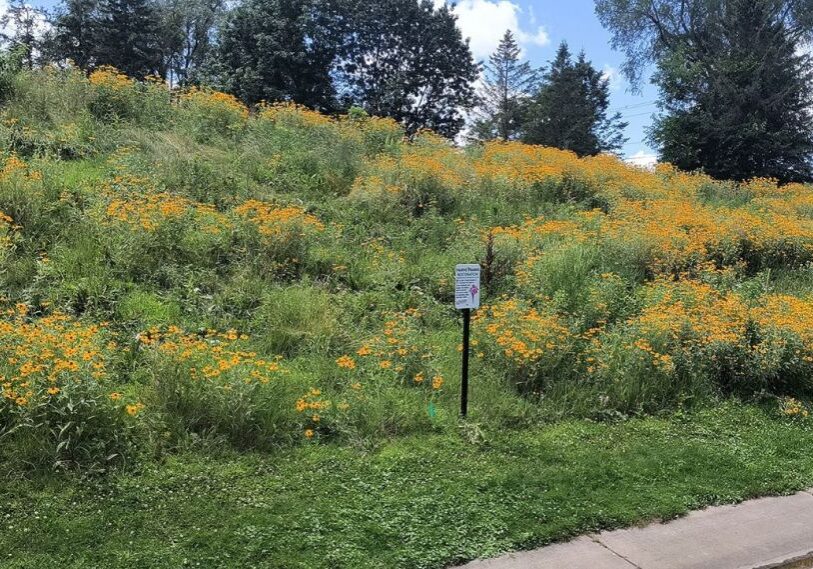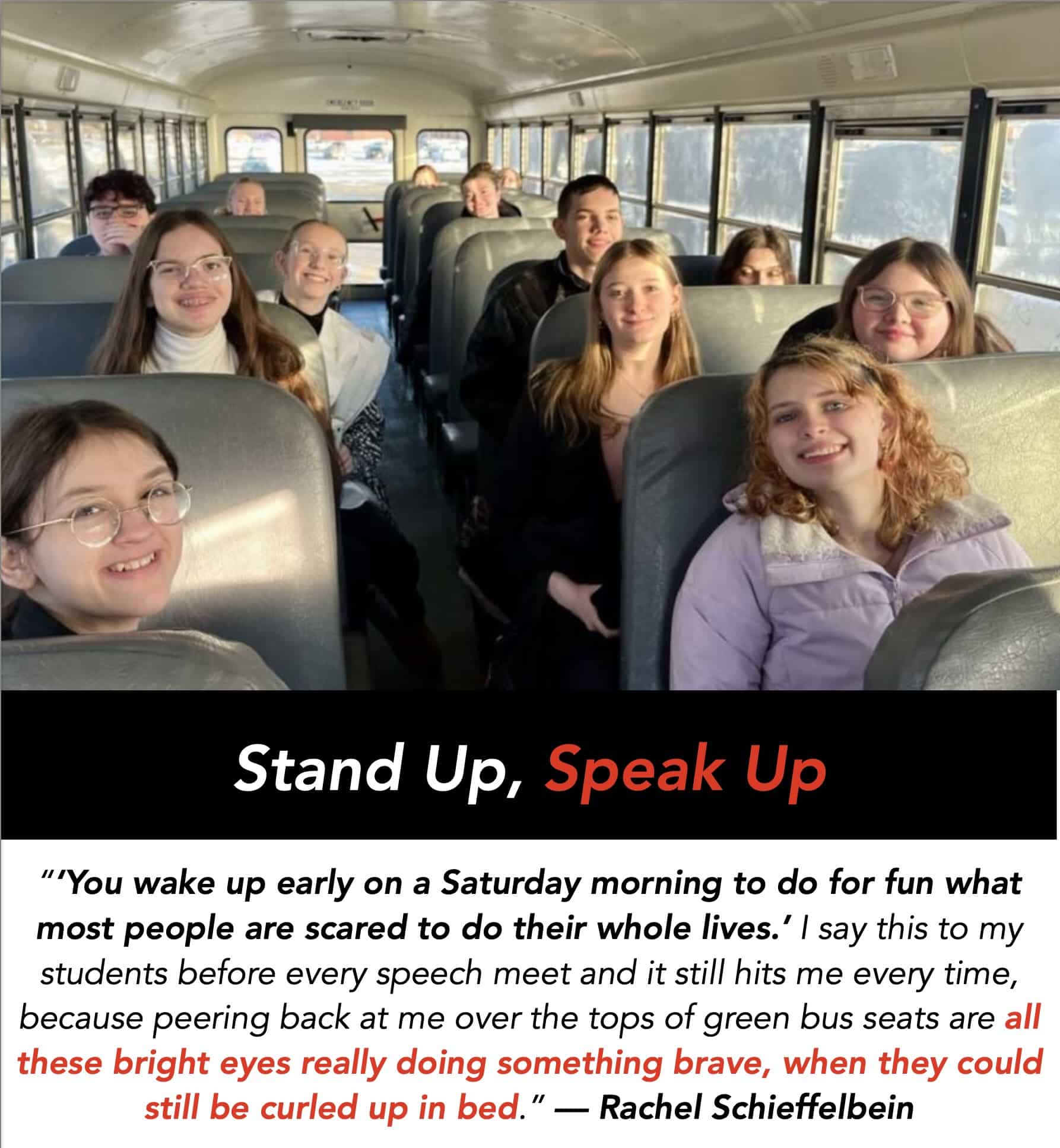Essay | I’m Changing My Ways with Water

HARMONY — I am a water squanderer. That thought troubles me but has not dramatically changed the way I do things.
Perhaps a part of me is used to the idea that plenty of fresh clean water will always be at my fingertips or perhaps it’s just a lot of work to change old habits and I can be lazy.
The importance of water, however, has recently been brought to my attention by a test of my well. The well is less than ten years old and nearly 500 feet deep but it was positive for coliform bacteria and had 5.5 parts-per-million (ppm) nitrates.
No amount of bacteria is considered safe and although the EPA accepts up to 10ppm for nitrates, anything over 3 parts per million is believed to be a health concern (including, a possible cause for bladder, ovarian, and thyroid cancers). I just had surgery for breast cancer in August. Hmmm.
So, excuses aside, I want to think more carefully about water.
I’ve read that over 70 percent of the earth’s surface is water but only .025% of that water is drinkable. Most potable water is frozen in glaciers or too deep underground to be useful. In fact, more than 2.2 billion people in this world do not have access to clean water like I do.
Climate is an issue, no matter what beliefs we hold about its causes – too much water in some places, not enough in others.
Saving water at home
According to the Global Environmental Facility, over half of the world’s aquifers are already depleted and one in four large cities is already water stressed. More people are drawing water and each person is using more water on a daily basis – individual household demand has grown by over 600 percent in the last 50 years (World Resources International).
Agriculture uses over 70 percent of the world’s fresh water supply (it takes 7,000 liters of water to produce a single pound of beef). Industry uses 15 percent of the supply (2,700 liters of water is needed to produce a cotton t-shirt).
As the water supply goes away, our food systems and our farmers as well as our ability to produce goods and services must be negatively affected. The way we do things now is obviously not sustainable.
Sometimes problems seem too big and, believing that one person can’t have much impact, I give up. But that’s just another excuse, isn’t it?
The Environmental Protection Agency says toilets are responsible for 30 percent of a household’s indoor daily water use (33 gallons/day). Using a water efficient toilet could save 13,000 gallons per year per household even if no changes in other behaviors take place. If all the toilets in the U.S. were upgraded, they wager we’d save 360 billion gallons of water per year.
The next biggest uses are: showers and faucets (27 gallons each), washing machines (22 gallons), plumbing leaks (18 gallons), and dishwashers (2 gallons). Did you know that leaving the water run when you brush your teeth puts up to five gallons of good water down the sink?

When running water to get it hot for dishes, the author now fills a pitcher instead of letting it go down the drain and uses it to water plants. A friend saves hers for coffee or tea.
Watering lawns also places a huge demand on water supplies. In the U.S. about 30 percent of household water withdrawals are used for lawns (up to 60 percent in the arid Southwest — World Resources International).
Things to do
Here are some suggestions from Culligan Water that I could easily do: Don’t let the tap run – wet my toothbrush and turn off the faucet; soak dishes in a sink of warm water instead of scrubbing them under running water, cut long showers short, fix leaks, use energy efficient fixtures, do xeriscaping in my yard (design it so it uses little to no irrigation) and capture rainwater for what little I do need.
There are also hidden sources of water use. Most of the energy used in the U.S. comes from thermal power plants that use freshwater for cooling. So, conserving energy is also conserving water.
Among other things, advice from the International Energy Agency includes looking for and reducing “vampire” energy use – devices that consume energy when on standby, plugged in but not being actively used – laptops, TV’s, kitchen appliances, electric toothbrushes, etc. On average, household appliances are only used 3-30 minutes per day and the rest of the time they’re on standby while still drawing power.
The average home has between 20-40 electronic devices drawing power even when turned off and these can account for up to 10 percent of the electric bill! Unplugging devices that are seldom needed and using power bars with surge protectors, flipping the switch to shut them off when not in use can save a lot, while also conserving water.
Southeast Minnesota has recently been in the news for threatened water quality. Instead of just pointing fingers, I think it’s time for me to take a look at how I use this precious resource and make changes – small and large – to protect it.






